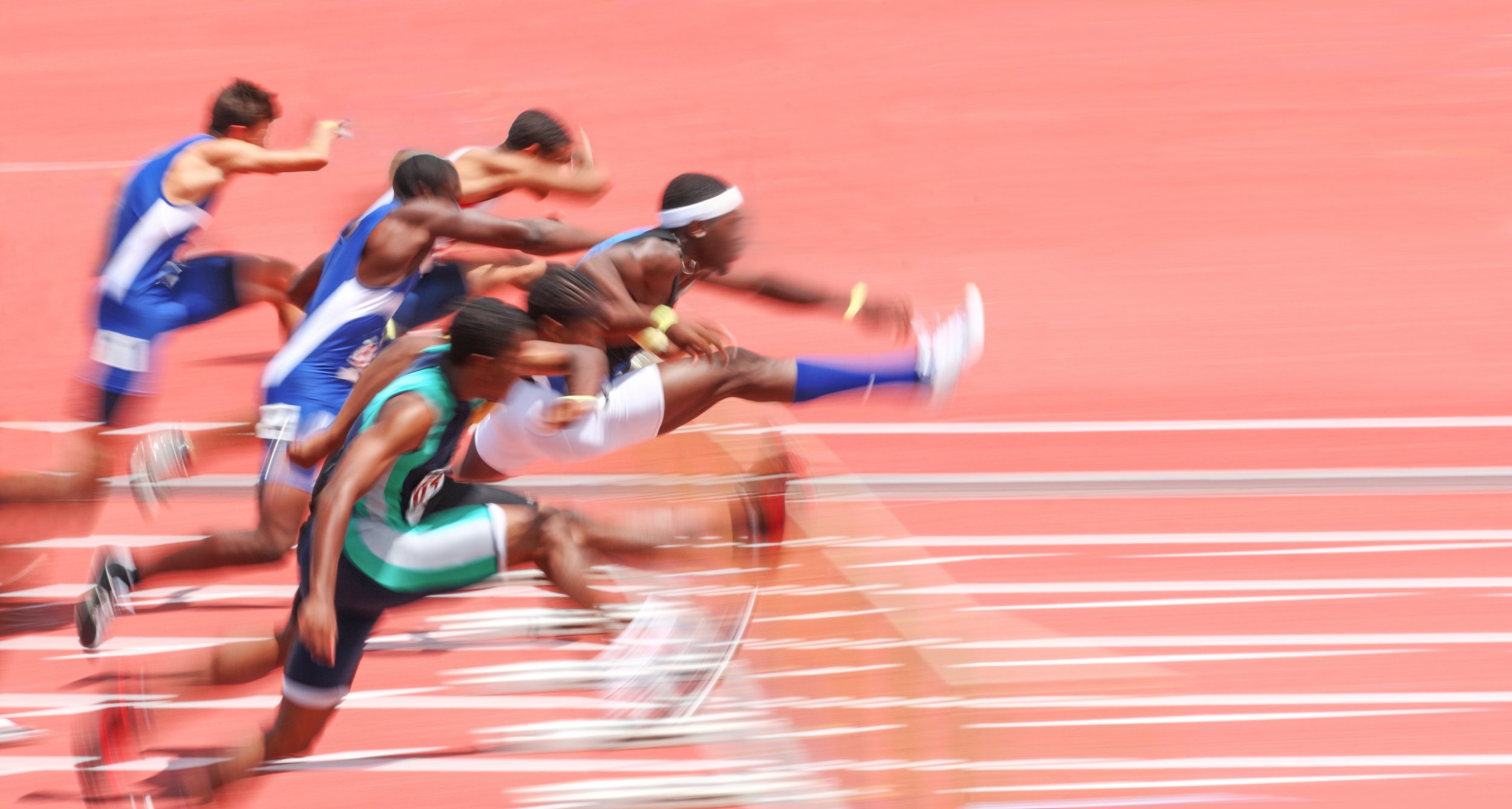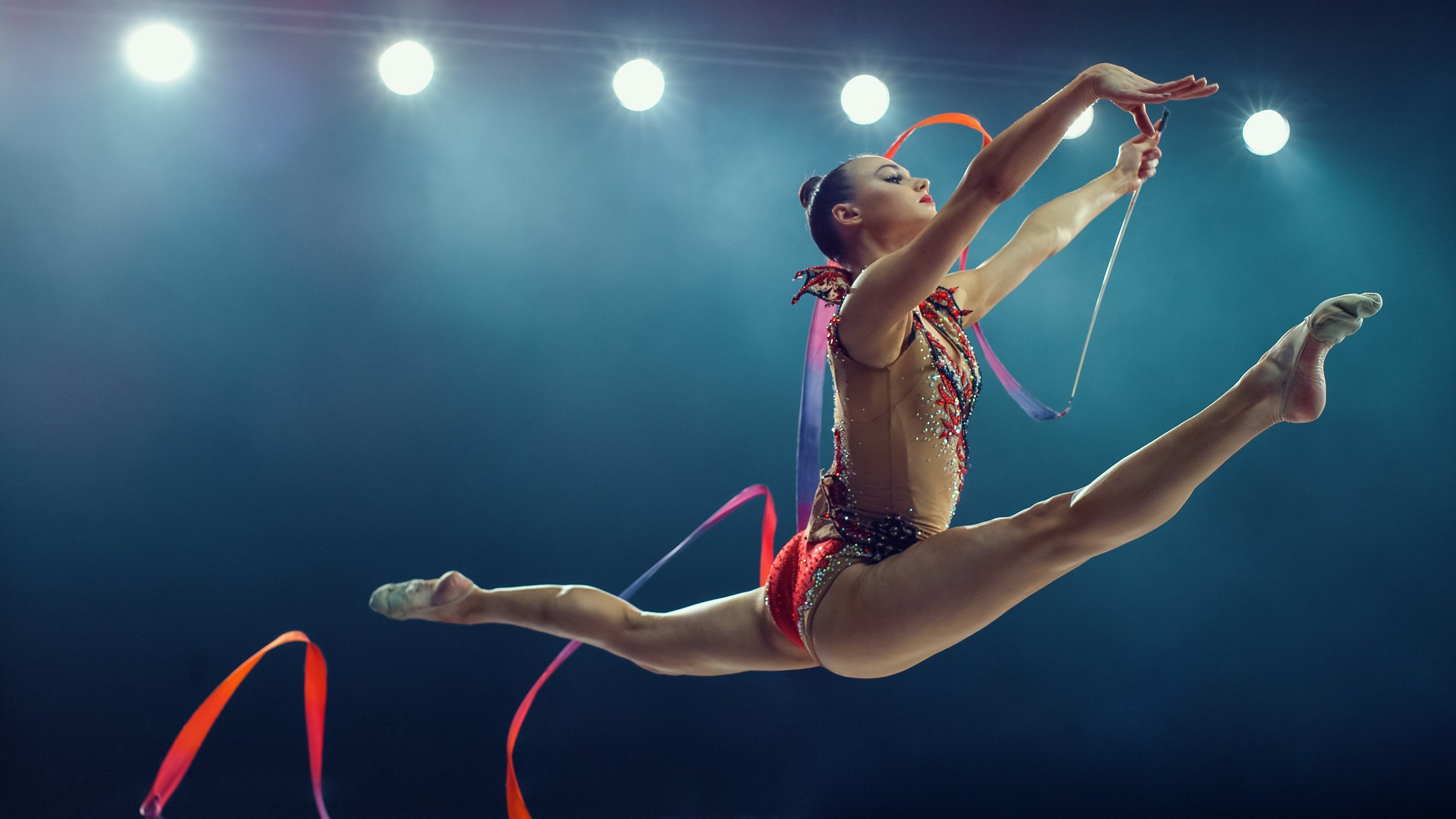Subjects in Motion - Where Are They Going?
/in this image, the runners have a place to go, and are positioned as far from the right edge where they are running as possible.
Hello folks. Last time, I offered a development assignment in capturing motion. This time I want to add on to that with the concept of where the motion goes.
The Mental Impact of the Frame
First, let’s consider the frame of the image, and we can use our viewfinder as a good tool for this. Think of the boundaries of the frame as a set of four impenetrable walls. Nothing can pass through them and they automatically create a psychological barrier for movement.
We can however override that assumed impenetrable barrier automatic response by a simple method when photographing movement. The idea is to provide an empty space within the frame where the moving subject can move into.
When we fail to do this, the natural mental response of a viewer is of pending disaster. To test this in your residence walk purposefully towards a wall. How do you feel as you approach the wall? At the very least will be a concern that if you walk into it, you will feel some kind of pain, and perhaps embarassment, but you know based on life experience that the wall will be impermeable to the passage of your body.
Now do it again, but moving slowly. Pay attention to how your level of anxiety increases the closer you get. This sensation is the same as what a viewer feels when a moving subject has no place to go.
A Space to Move Into
discomfort is creating by crowding the space in front of the dancer
In the image above, the photographer has wanted to capture the grace of the dancer, while also capturing the movement of the ribbon. Very pretty, but also uncomfortable. The dancer’s right foot is about to hit the wall. Once you observe the photo for a moment, your brain will create an empty space for her to move into, but that is work on the part of the viewer. In this case, the photographer has created discomfort in the viewer, because human viewers react to human danger more than we do to inanimate stuff like the ribbon.
Exposure, focus, timing are all excellent, but the photo still fails because there is no safe place evident for the dancer to go.
The subject has lots of room to move
Now consider this image. The photographer has used motion blur to convey the reality of the motion of this man walking. He is plainly absorbed in his phone, yet we are less concerned about his lack of awareness because the open space in front of him is large and he may wake up and pay attention in that time. He has space and therefore time to react. Whether you find the photo good or not is your decision, however the photographer has gone out of his or her way to ensure that viewer discomfort is not created.
Similarly, the image that heads this article shows runners moving very fast, but they also have empty space to go into. That is a very successful and powerful image.
Wrapping Up
Thank you for accepting to do this assignment in capturing motion. These small assignments are wonderful simple learning exercises that will help you make better images and to know what to do when the situation arises.
Please become a member on Patreon to help support this channel. A big thanks to all the existing Patreon members! Send in comments or questions, I read and respond to all. If you shop with B&H Photo Video, please use the link on the main page as it pays me a small commission and does not cost you anything to do so. Thanks again and we will see each other again soon.
NO AI CREATED IMAGES WERE LICENSED OR USED IN THE PRODUCTION OF THIS CONTENT. REAL PHOTOGRAPHERS GOT PAID











